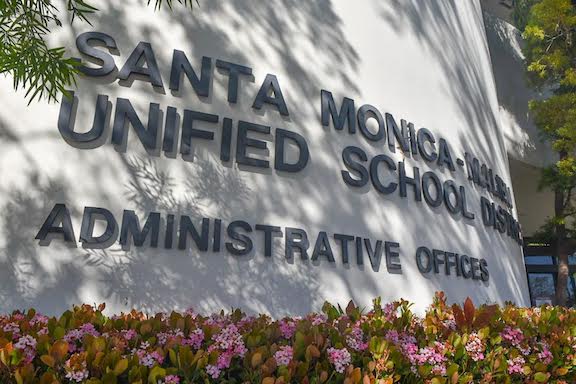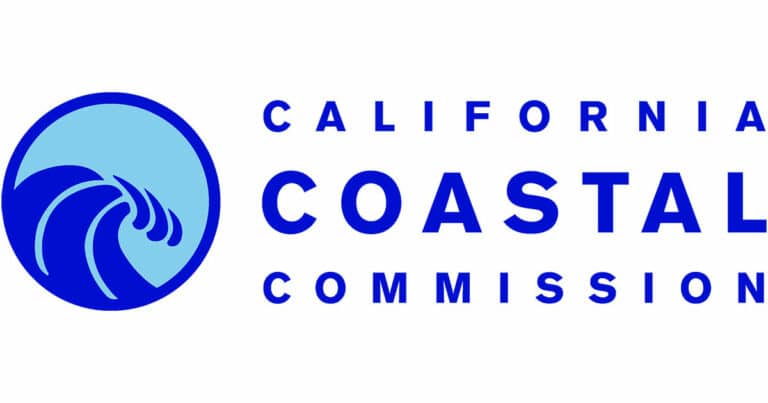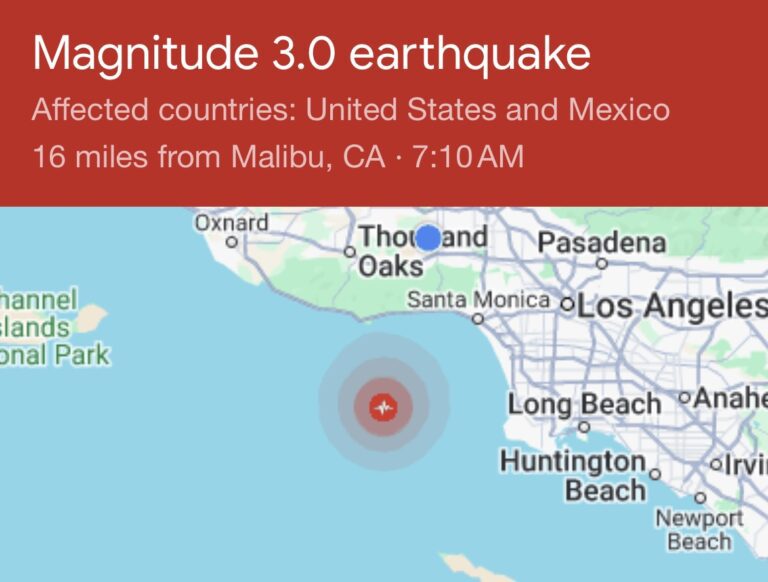SMMUSD officials and Malibu leaders differ on progress of mediation
More salvos are being exchanged between the City of Malibu and the Santa Monica-Malibu Unified School District now that mediation to separate into two separate school districts is on pause.
Mediation stopped when in July Malibu chose to proceed with its petition to the Los Angeles County Office of Education (LACOE) in its decades-long pursuit of becoming a stand-alone school district or what’s known as“unification.”
On July 18, SMMUSD released a statement saying it opposes the city’s unification petition “after the city abandons a mutually agreed upon timeline of the unification process.”
But in a letter to the editor of The Malibu Times (which can be seen on Page A2 of this issue), Malibu Mayor Pro Tem and Malibu school unification subcommittee member Marianne Riggins claims it was Santa Monica leaders who are responsible for delays and the pause in mediation. Riggins termed the mediation sessions as “unproductive.”
The Malibu City Councilmember said, “In May the parties agreed there would be a completion of the Operation and Joint Powers Agreements and that they would be presented to the communities for comment by the end of July and through August 15. We haven’t been able to complete the Operation and Joint Powers Agreements, so those timelines have not been adhered to.”
Riggins explained that if those timelines weren’t adhered to, then proposed September meetings for the district and public meetings to adopt the approval of the three agreements — the Revenue Sharing Agreement, Operations Agreement, and Joint Powers Agreement —could not be finalized for adoption in October.
“We haven’t been able to come to a final agreement on the Operation Agreement or the Joint Powers Agreement and the mediation sessions have been unproductive in getting those finalizations,” Riggins said, adding that the public was to be able to review them prior to a school board meeting and provide comments. “There just isn’t time in the calendar in order to have that comment period.”
Riggins’ letter to the editor also claimed that the last few mediation sessions were poorly attended by the SMMUSD team and missing “key members.” She explained, “When you’re negotiating you need to have the decision-makers available and if they’re not all able to attend the meetings as scheduled it makes it difficult to come to a conclusion and an agreement of what you’re mediating.
“I believe the city remains committed to mediation and we are happy to mediate, but the district has made it a stipulation that if we are moving forward with our petition at the county committee that they’re not willing to continue mediation. The petition was on pause while the parties worked together.
“I think that we’ve done a tremendous amount of work. The Revenue Sharing Agreement shows that there is a financially viable way for the districts to be separated and that the financial best interest of all students is maintained.”
Earlier this year a major milestone was announced with a Revenue Sharing Agreement (RSA), but not ratified. The RSA would have Santa Monica receiving payments from Malibu to make up for a loss in the district’s funding. Under some scenarios, the transfer of Malibu property tax revenue would end by the 2041/2042 school year or in roughly 18 years. The RSA would still ensure sufficient funding for a Malibu Unified School District.
With mediation on pause, LACOE is expected to schedule a hearing to determine the next steps. Riggins said, “The city is ready, able, and available to schedule mediation sessions” if SMMUSD wants.
“We are here. We feel it’s been incredibly productive and we’re very happy with the results so far and we would love to iron out these final items,” she said. “We feel there’s a way to conclude this but we also felt that since the mediations weren’t productive, it was time for us to continue to move forward with the county committee process. I appreciate all the hard work by all the parties.”
Asked for comment on Riggins’ recent letter, SMMUSD School Board Vice President and unification sub-committee member Jon Kean replied by email:
“SMMUSD remains committed to a fair and equitable unification and is continuing its work to achieve that outcome even in light of the recent actions of the City of Malibu. A mutually agreed upon timeline that could lead to a negotiated unification agreement with public votes in three months remains on the table if the city decides to honor its prior commitment.”











